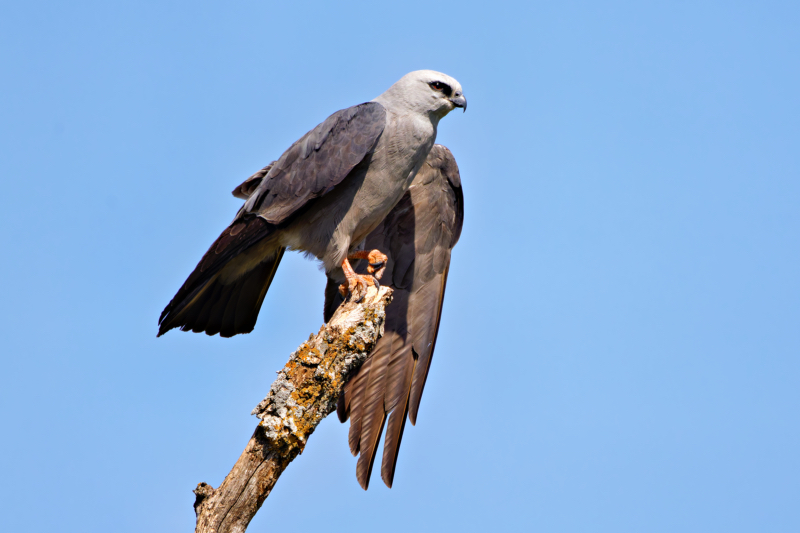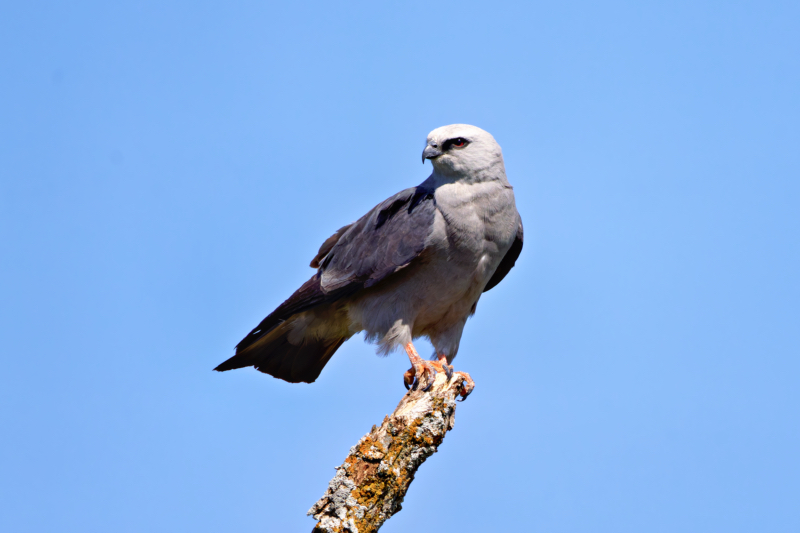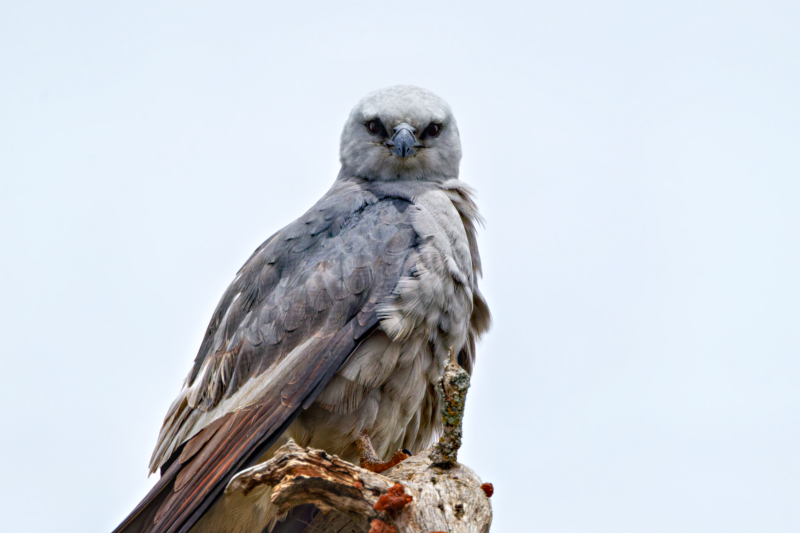It feels like I’ve been saying it a lot recently, but I really did see an extraordinary number of a certain type of bird during my latest visit to the Wichita Mountains Wildlife Refuge in Oklahoma. The photos I’m sharing today are of the Mississippi Kite, a sleek raptor that seemed to be everywhere I looked in the refuge.

As far as I can recall, this was my first time photographing these elegant birds of prey. Their striking red eyes surrounded by a distinctive gray facial pattern made them easy to identify as they soared overhead. Their high-pitched, almost squeaky whistling calls added to the sense that I had stumbled into a realm where these kites ruled the skies.
I did a little research after getting home, and discovered that the Mississippi Kite’s numbers have been increasing in places like the southern Great Plains since around 1950. Their breeding range has even expanded into parts of the Southwest where they were previously absent. So perhaps I shouldn’t have been too surprised at their ubiquity in the Wichita Mountains.

What did surprise me, though, were some of the behaviors I read about. Apparently these birds are extremely defensive of their nests and offspring. So much so that the Altus Air Force Base feels the need to mark trees where Mississippi Kites are nesting, warning people to keep at least 50 yards away to avoid getting “dive bombed”! The kites will aggressively swoop down to attack any perceived threats near their nests, including adults, children, and even pets. In some areas they’ve gotten so territorial that they regularly build nests in trees near houses, golf courses, and other urban areas.
As formidable as their parenting strategies may be, I also learned that these birds have a much gentler way of acquiring food for their young. Mississippi Kites are insectivores, using their incredible eyesight to spot small flying prey like grasshoppers, cicadas, and beetles from far away. They’ll also opportunistically eat small vertebrates, and have been observed catching insects flushed from vegetation by grazing animals or fires. A few sources even noted they may infrequently scavenge roadkill.

While Oklahoma falls within their summer breeding grounds, these beautiful raptors aren’t permanent residents. Come winter, the Mississippi Kites migrate all the way to South America before returning north again in spring. During my visit, their sleek profiles cutting through the prairie skies made for some of my most memorable wildlife encounters in recent years. Just know that if you find yourself meandering too close to their treetop nurseries, you may end up on the receiving end of one of their feisty aerial bombardments!

ANOTHER interesting post. They are a beautiful looking bird. Thanks for the share. Wyoming people don’t get to see these lovely birds in our fields, which may be a good thing!